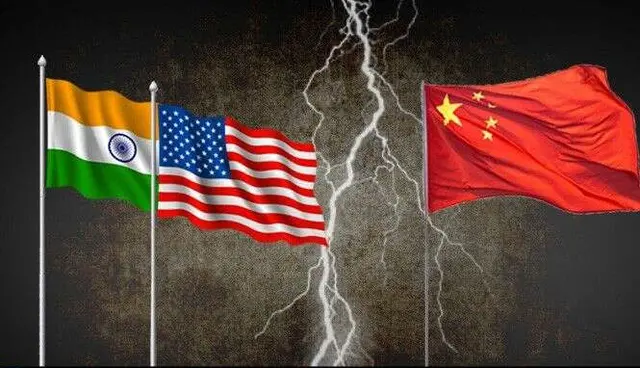By APD writer Alice
US Secretary of State Mike Pompeo called on India to focus on domestic supply chains and reduce its dependence on China at a recent online meeting of the US-India Business Council.
According to him, this is the only opportunity for India to gain autonomy from China in areas such as telecommunications and pharmaceutical materials. He noted Washington will provide maximum support for India and its national security.
In fact, India’s economy is much dependent on China. India imports more goods from China than any other country. Over the past decade, India and China have also supported each other in the process of becoming new technological powers. Chinese technology giants have poured billions of US dollar into Indian startups. Chinese smartphones dominate this market while Indians are rushing to use apps from the neighboring country, like TikTok.
According to a report by Indian policy consulting firm Gateway House, China has made a great position in the Indian technology industry over the past five years. China entered this market with a series of low-cost smartphones from brands like Xiaomi and Oppo.
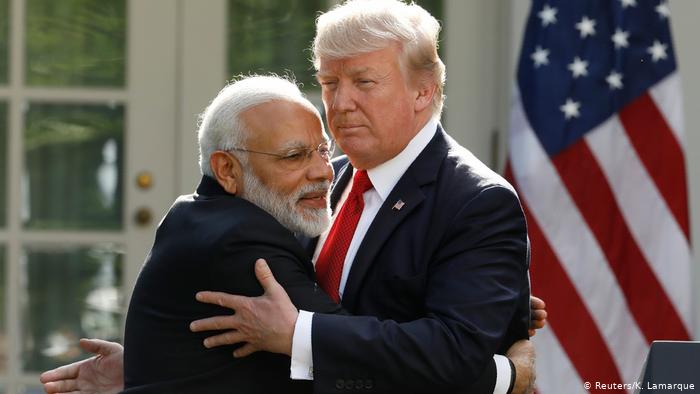
Gateway House estimated Chinese investors have poured about $4 billion into Indian startups since 2015. Alibaba has invested in Snapdeal e-commerce firm, Paytm e-wallet and Zomato food delivery platform. And Tencent channeled money into messaging app Hike and ride hailing service Ola. Gateway House found that more than half of the 30 Indian unicorns having Chinese investors. Huawei Technologies is also racing to help build 5G networks in India, despite the US government’s attacks.
There have been many difficult moments in the history of relations between China and India, but in recent years, current Indian Prime Minister Narendra Modi has tried to avoid political and border conflicts between the two countries and turn bilateral relations into practical economic cooperation. Two years ago, the two countries held the first unofficial summit in Wuhan.
The main message of the summit was that the sustainable development of the economies of Asia's two largest countries is very important, both bilaterally and regionally. Therefore, the two sides need to create mechanisms to enhance economic interaction, as well as make efforts to resolve remaining political and territorial conflicts through dialogue. The second summit, held in 2019 in Chennai, India, was a logical continuation of the first one. The two sides affirmed their commitment to a constructive solution to regional security issues.
However, the relationship between the two countries suddenly deteriorated as a result of a recent border incident in the disputed area of Ladakh in the Himalayas. Now the militaries of the two countries are seeking to stabilize the situation in the region. However, calls for a boycott of Chinese goods have reappeared in India.
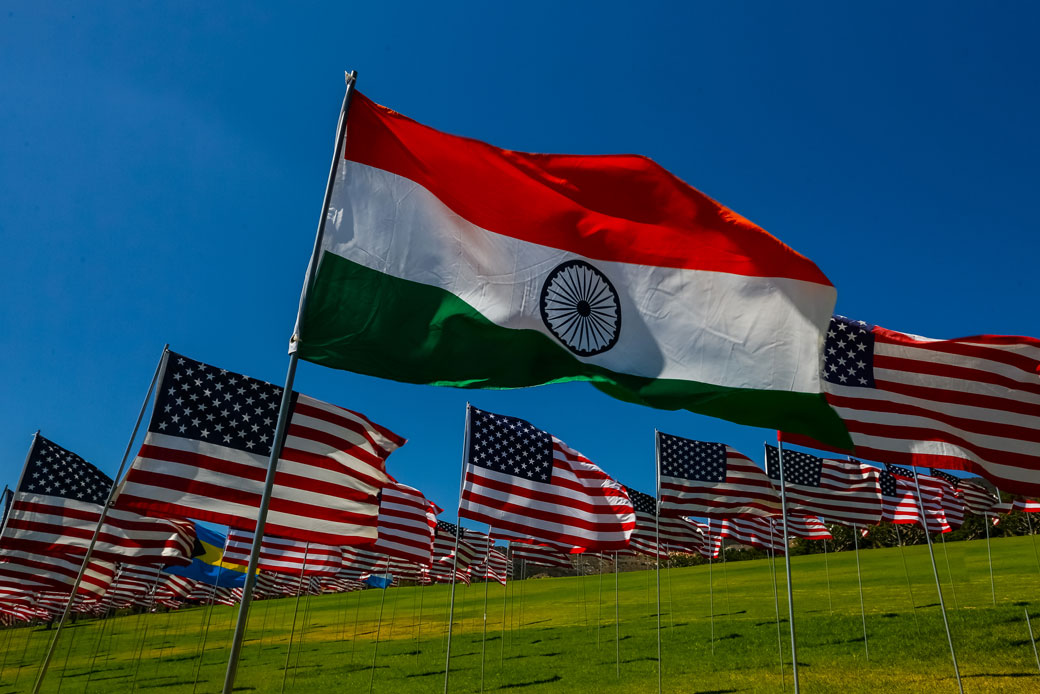
The Indian government has directed two domestic mobile network providers, Bharat Sanchar Nigam (BSNL) and Mahanagar Telephone Nigam Limited (MTNL), to give up Chinese equipment to upgrade 4G networks. In addition, India blocked 59 Chinese programs and applications in the country, including TikTok, WeChat and Helo. The official reason is to fight against threats to sovereignty and national security.
This explanation is similar to what the US voiced when it imposed further sanctions against Chinese companies. And in general, the nature of India's action - blocking Chinese telecommunications and technology companies, is very similar to Washington. The US clearly decided to take advantage of the deteriorating relationship between India and China, and urged New Delhi to look west.
However, it is very hard for the US to make its dream come true.
When US auto maker General Motors stopped selling cars and closed its production facility in India, Chinese company Great Wall Motors acquired the plant. In January 2020 alone, Great Wall invested nearly $500 million in the factory and will produce vehicles there in the next three years. Observers said that the United States and India have a huge gap in production structure and technological capacity. Therefore, US-India cooperation in this area will be extremely difficult.
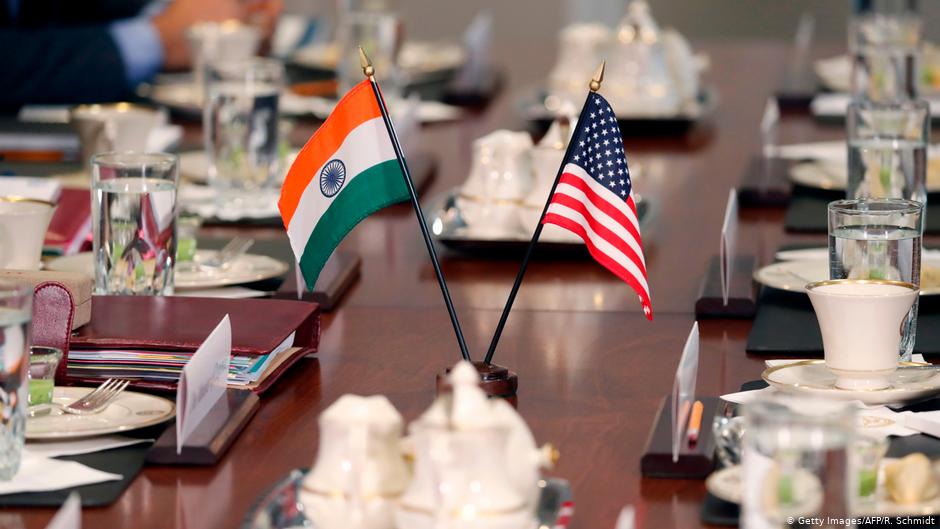
Zhang Jiadong, a professor at the Center for South Asian Studies of Fudan University, said that, firstly, the US industries are so developed that it cannot transfer them to India, and secondly, the US now wants to "repatriate" production lines. Will this create opportunities for India?
The United States still goes ahead of China in trade, economic and investment cooperation with India. According to statistics published by the Indian Ministry of Commerce, the US-India trade turnover reached $87.95 billion in fiscal year 2010-2019 as compared with $87.07 billion in trade between India and China. In terms of foreign direct investment, China also lags behind the United States. By the end of 2019, China's foreign direct investment (FDI) into India was $8 billion, while that of the US was five times higher.
However, China is stepping up investment in Indian technology startups - the most important driving force of the Indian economy. In three years, Chinese investments in Indian startups increased 12-fold, to $4.6 billion.
For Chinese technology companies, the Indian market is easy to grasp and has more potential. In both countries, the traditional banking system is less developed than the US. Credit cards and other financial services are not available for the vast majority of people. All these basic conditions have paved the way for the rapid development of financial technologies in China.
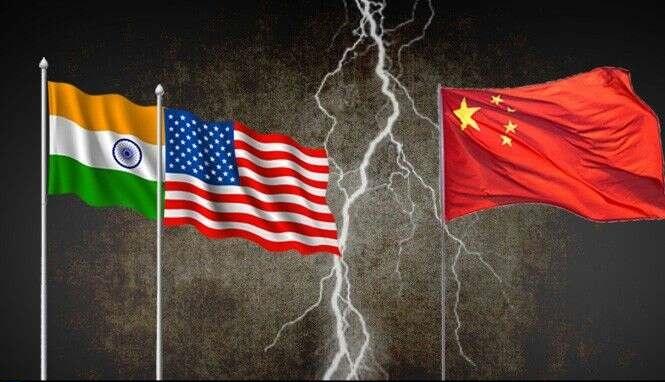
The United States is persuading India to reduce its dependence on Chinese raw material supplies for the pharmaceutical industry. The task seems difficult to be fulfilled as India depends 70% on Chinese medicine material supply. Pompeo, in a conversation with his Indian colleagues, did not provide specific support in this regard. And how the US can help when it is importing 90% of all antibiotics, vitamin C, ibuprofen and hydrocortisone from China?
Moreover, cutting off relations with China also means the burden of unemployment in India. Chinese phone companies have created a lot of jobs in the South Asian nation. Last year, among the top 5 best-selling phone brands, four are of Chinese companies namely Xiaomi, Vivo, Oppo and Realme. All brands have factories in India.
IDC analyst Kiranjeet Kaur said if India tries to cut these companies' sales, it also means that factories in India will lay off employees, creating a burden of unemployment.
She also added that the campaign to boycott Chinese goods had been initiated before, but it hardly affected the sales of Chinese phone companies. Although many Indian consumers have stated that they will not use Chinese technology products, they have no other choices because China almost completely dominates the Indian technology market.
(ASIA PACIFIC DAILY)
 简体中文
简体中文

